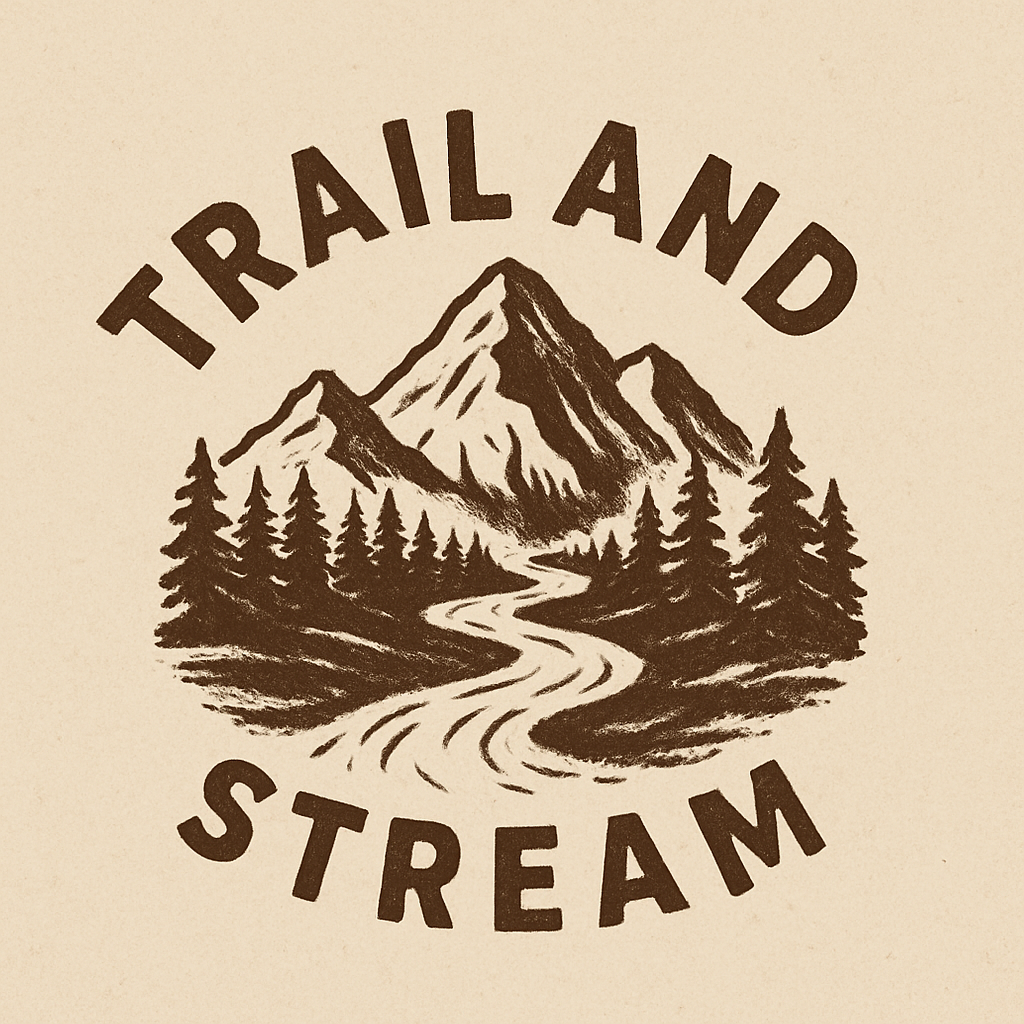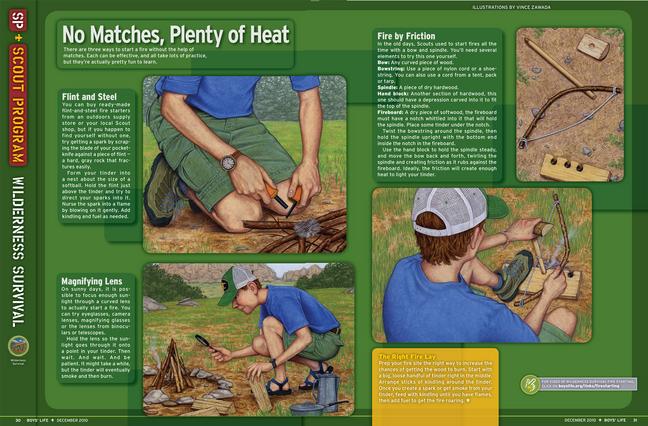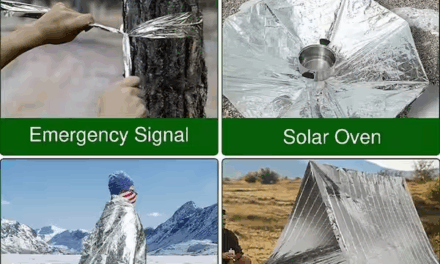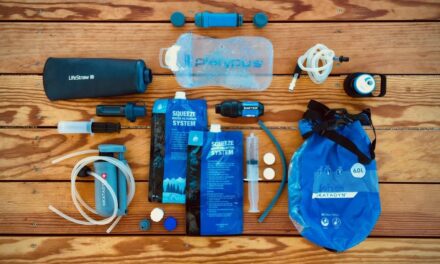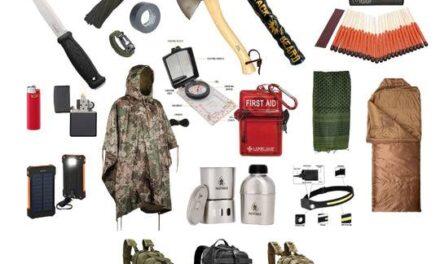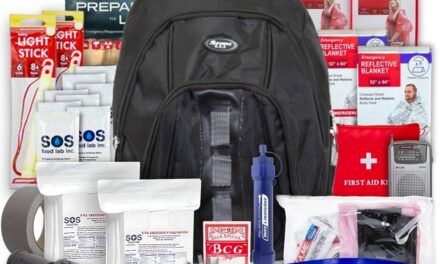How to Start a Fire Without Matches: Essential Survival Skills for Emergencies
In emergency situations, survival skills are more critical than ever. Whether you’re lost in the wild, caught in a natural disaster, or facing unforeseen dangers, knowing how to take care of your basic needs—such as warmth, protection, and hydration—can determine your chances of survival. Mastering these skills builds self-reliance, reduces panic, and empowers you to navigate unforeseen challenges confidently.
A key survival skill is how to start a fire without matches. Fire provides warmth, helps cook food, sterilizes water, signals for rescue, and keeps predators at bay. Being able to make fire with limited tools can be life-saving. Alongside fire-starting, building a survival shelter and purifying water are essential skills that complete your emergency toolkit, ensuring safety and well-being during critical moments.
Table of Contents
How to Start a Fire Without Matches
Necessity of Fire in Survival
Fire is the cornerstone of survival. It addresses vital human needs:
- staying warm in cold environments
- cooking food safely
- making water drinkable
- signaling rescuers
- protecting against wildlife
Without fire, life becomes much harder in the wilderness or during emergencies. Properly harnessed, fire enhances your chances of survival significantly.
Methods to Start a Fire Without Matches
There are several practical techniques to ignite a fire without using matches or lighters. Success often depends on the materials available and your skills.
Friction-Based Methods
Bow Drill
- Components: Bow, spindle, fireboard, and sometimes a socket.
- Process: Loop a cord around the spindle, hold the bow, and move it back and forth rapidly. Friction between spindle and fireboard generates heat. When enough heat accumulates, an ember forms.
- Tips:
- Use dry, soft woods like cedar or cottonwood.
- Maintain consistent pressure and speed.
- Use a notch on the fireboard to catch the ember.
- Outcome: Sparks land on tinder, igniting it into flame.
Hand Drill
- Components: A straight spindle and a fireboard.
- Process: Spin the spindle between your palms against a fireboard by rolling your hands rapidly.
- Challenges: Requires significant effort and suitable dry wood.
- Outcome: Friction creates an ember when technique is correct.
Source: Wilderness Awareness – Friction Methods
Using a Fire Steel or Ferrocerium Rod
- Strike the rod sharply with a metal striker or sharp rock.
- Sparks fly out at high temperature.
- Sparks land on prepared tinder, igniting it.
- This method works well in wet conditions and is widely used by outdoor enthusiasts.
Conductive Methods: Flint and Steel
- Strike a piece of flint against carbon steel.
- Sparks fly from the steel onto tinder.
- Requires well-prepared tinder like dry moss or shavings.
Battery and Steel Wool Technique
- Spread steel wool across the terminals of a battery (9V or AA).
- Connect the wool to both terminals.
- The current heats the wool rapidly.
- When the fibers glow red and ignite, transfer to tinder.
Preparing Tinder and Kindling
Gather dry, fine materials that catch fire easily:
- Dry grass
- Bark shavings
- Cotton balls (preferably with petroleum jelly)
- Pine needles
- Dryer lint
Arrange your materials in layers: tinder ignites first, then small kindling sticks, followed by larger firewood. Proper preparation ensures your fire sustains.
Safety Precautions
– Always build fires in safe, clear areas free of overhanging branches or dry foliage.
– Ensure water, dirt, or a fire extinguisher is nearby.
– Fully extinguish your fire before leaving to prevent wildfires.
Source: Camp Craft – Building Safe Fires
Best Emergency Fire Starters
Overview of Fire-Starting Tools
| Tool Type | Description | Best For |
|---|---|---|
| Waterproof matches | Stored in waterproof containers; easy to ignite | Wet conditions, quick-start |
| Lighters | Refillable, convenient | Everyday use, quick ignition |
| Ferrocerium rods | Spark-producing metal rods | Reliable in rain or wind |
| Pre-made Tinder | Cotton balls with petroleum jelly, fatwood sticks | Fast ignition in emergencies |
| DIY Fire Starters | Egg cartons with dryer lint, char cloth | Lightweight, stored in survival kits |
Selecting the Best Emergency Fire Starter
When choosing a fire-starting tool:
- Environment: Wet vs. dry conditions influence choice (e.g., waterproof matches or ferro rods).
- Portability: Compact items like ferro rods and tinder are easy to carry.
- Ease of Use: Beginners may prefer lighters or waterproof matches.
- Durability: Tools like ferro rods work well in all weather.
- Resources: Consider your skill level and available materials.
Building a Survival Shelter
Importance of Shelter in Survival
Shelter is vital for protecting yourself from the elements, maintaining body temperature, and reducing exposure. Good shelter minimizes heat loss, prevents hypothermia, and provides psychological comfort.
Basic Principles of Shelter Building
Follow these principles:
- Site Selection:
- Choose dry, elevated ground.
- Avoid areas prone to flooding or falling debris.
- Find natural windbreaks like rocks or trees.
- Materials:
- Use natural resources: branches, leaves, pine needles, debris.
- Insulate with layers to retain heat and keep out rain.
Types of Shelters for Different Environments
Lean-to
- Fast, simple, effective.
- Use a large horizontal support as the roof, leaning smaller branches against it.
- Cover with foliage or debris.
Debris Hut
- Frames with branches, insulated with leaves or moss.
- Offers better warmth, ideal for cold climates.
How to Build a Simple Lean-to Shelter
- Find a Support: Locate a sturdy, horizontal branch or support structure.
- Construct the Frame: Lean smaller branches or green sticks at an angle against the support to form a wall.
- Add Covering: Drape foliage, leaves, or debris over the frame, layering from bottom up to shed rain.
- Insulate the Floor: Place pine needles, leaves, or grass on the ground inside to retain warmth.
- Ensure Ventilation: Leave a small opening to prevent condensation and allow airflow.
Proper shelter building is critical to survival, especially in harsh weather conditions.
How to Purify Water in the Wild
Risks of Drinking Untreated Water
Contaminated water can carry pathogenic microorganisms:
- Bacteria (e.g., E. coli, cholera)
- Protozoa (e.g., Giardia)
- Viruses (e.g., Hepatitis A)
Consuming untreated water can cause serious illnesses like diarrhea, cholera, and giardiasis, which can weaken and dehydrate you quickly.
Water Purification Techniques
Boiling Water
- Bring water to a rolling boil for at least 1 minute.
- At higher altitudes (above 6,562 ft), boil for 3 minutes.
- Kills most microorganisms effectively.
Portable Filters
- Use portable water filters designed to remove bacteria and protozoa.
- Some are effective against viruses if they include additional purification elements.
- Easy to carry and quick to use.
DIY Filtration
- Make a layered filter using sand, charcoal, and gravel.
- Pour water through the layers to remove sediments and some pollutants.
- Requires subsequent boiling or chemical treatment for complete purification.
Chemical Purifiers
- Use iodine tablets or water purification drops.
- Follow manufacturer instructions: wait time and dosage.
- Effective against bacteria and viruses, but may alter water taste.
Pros and Cons
| Method | Pros | Cons |
|---|---|---|
| Boiling | Most reliable, kills all pathogens | Requires fuel and time |
| Filtration systems | Portable, quick, good for bacteria/protozoa | Maintenance and filter lifespan |
| DIY filters | Lightweight, resourceful | May not eliminate viruses without boiling or chemicals |
| Chemical purifiers | Compact, easy to use | Taste changes, need waiting period |
Sourcing Safe Water
– Prefer flowing water over stagnant pools.
– Collect rainwater when available.
– Stay away from water downstream of industrial or agricultural zones to avoid pesticides or toxins.
Conclusion
Mastering the how to start a fire without matches, building a survival shelter, and purifying water are crucial survival skills that can save your life in emergencies. Regular practice, carrying appropriate tools, and being prepared before an emergency strikes are key to success.
Developing these skills reduces panic and enhances your ability to make quick, effective decisions. Equip yourself with knowledge and training to stay safe, confident, and resilient when faced with unexpected challenges. Proper preparation and ongoing practice can turn these essential skills into your greatest assets in the wild or during any crisis.
Sources: Camp Craft – Survival Skills, Wilderness Awareness – Basic Survival Skills
